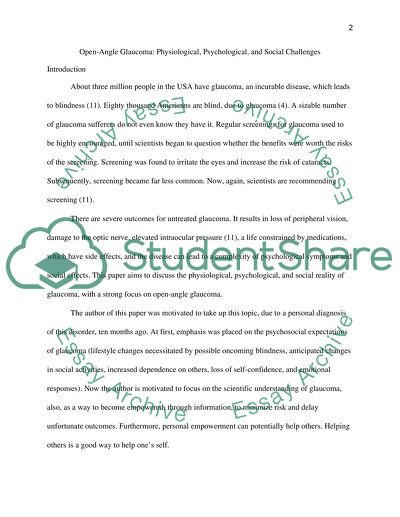Cite this document
(“Open-angle glaucoma Research Paper Example | Topics and Well Written Essays - 3000 words”, n.d.)
Retrieved from https://studentshare.org/health-sciences-medicine/1401733-open-angle-glaucoma
Retrieved from https://studentshare.org/health-sciences-medicine/1401733-open-angle-glaucoma
(Open-Angle Glaucoma Research Paper Example | Topics and Well Written Essays - 3000 Words)
https://studentshare.org/health-sciences-medicine/1401733-open-angle-glaucoma.
https://studentshare.org/health-sciences-medicine/1401733-open-angle-glaucoma.
“Open-Angle Glaucoma Research Paper Example | Topics and Well Written Essays - 3000 Words”, n.d. https://studentshare.org/health-sciences-medicine/1401733-open-angle-glaucoma.


